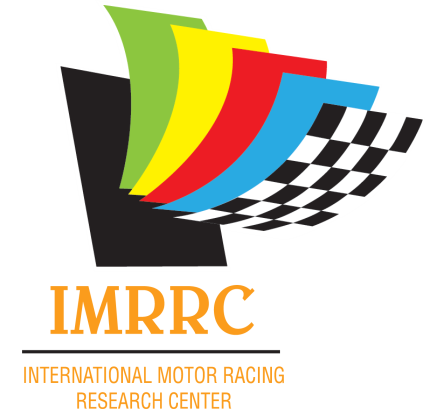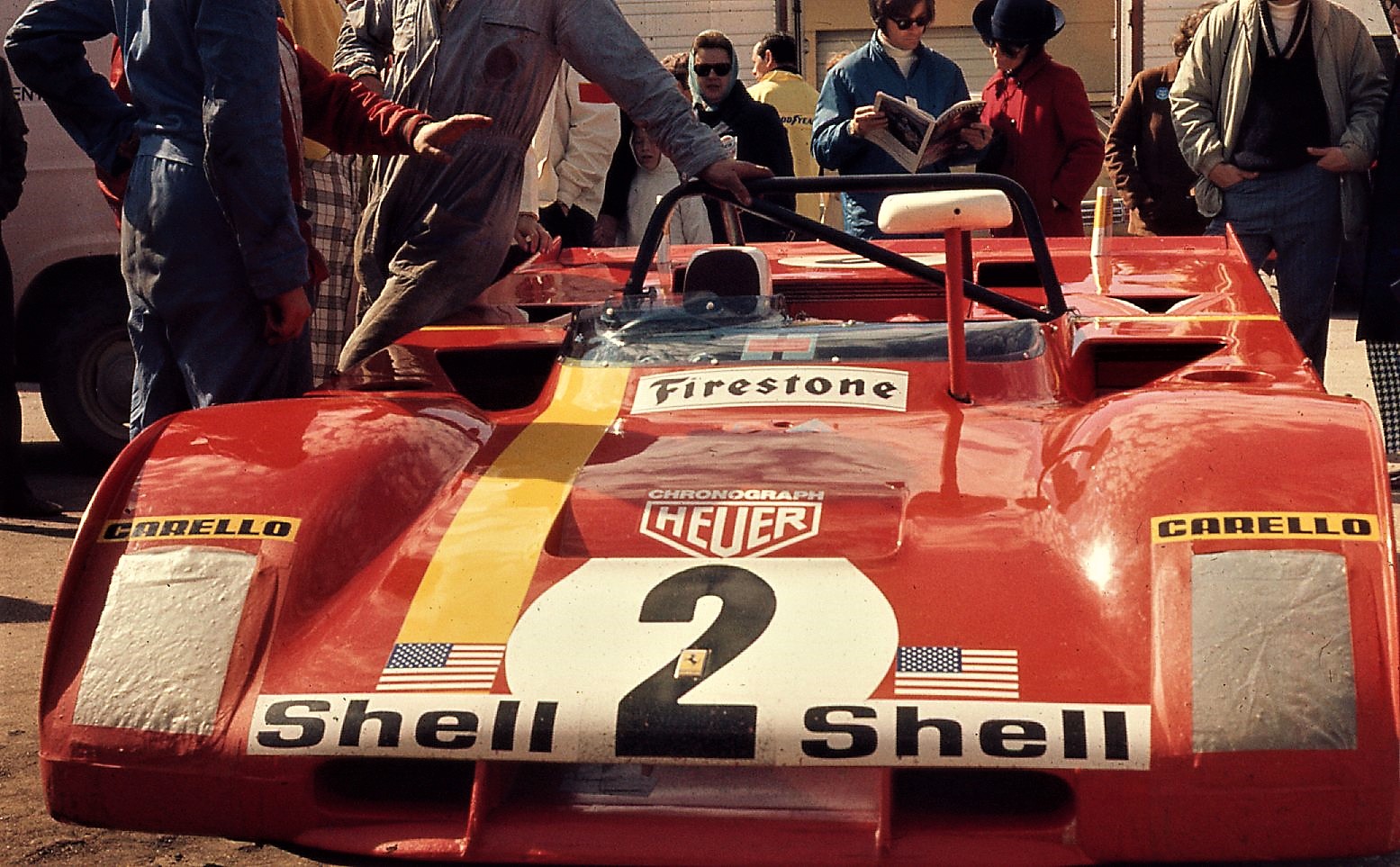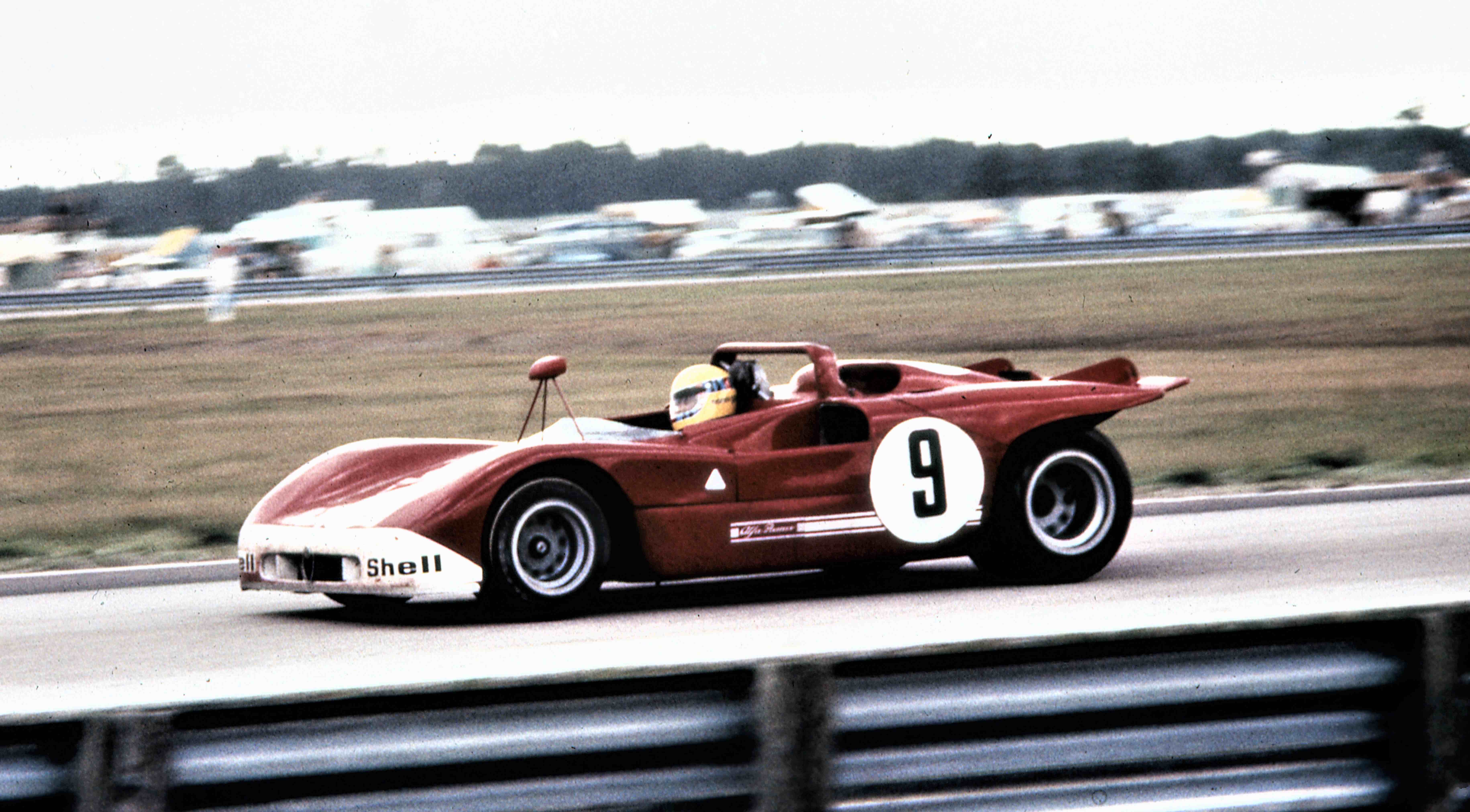The famed Daytona International Speedway was built in the late 1950s as a state of the art facility – the crown jewel of the NASCAR stock car season. But the track had been designed from the beginning to include a road course layout and “Big Bill” France, Sr. aspirations beyond just stock cars. In June of 1961, he attended the 24 Hours of LeMans and was stunned by the sight of more than 250,000 spectators. Upon returning home, he hatched an idea to bring global credibility and prestige to his new Daytona facility. Partnering with the SCCA, he started the Daytona Continental sports car race in 1962. Originally run as a three-hour event that year and the next, it was expanded to 2,000 kilometers in 1964 and 1965. By 1966 it had expanded yet again to a full 24-hour length to match the Le Mans 24 hours race. The first 24 Hours of Daytona was won by Ken Miles and Lloyd Ruby in a Shelby Ford GT40 MK II. The Daytona 24 then became a fixture on the World SportsCar Championship schedule. Ferrari had their famous 1-2-3 finish in 1967, followed by Porsche with their own 1-2-3 finish in 1968. The 1970 and 1971 races were highlighted by great battles between the Porsche 917 and the Ferrari 512, both races being won by the Gulf Porsche 917.
The driver’s meeting just before the1972 Daytona race, which was shortened to six hours by the FIA over concerns that none of the 3.0-liter prototypes would survive a full 24 hours. From the left: Ronnie Peterson, Mario Andretti, Jacky Ickx, Clay Regazzoni, and Peter Revson (in the blue jacket). Photo: Martin Raffauf
For 1972 the FIA had changed the rules dramatically. The Sports Car World Championship was now limited to 3.0-liter cars, effectively banning cars with 5.0-liter displacements. With some foresight, Ferrari had been working on and racing their 312P car during 1971, gaining experience for 1972. The Ferrari 312P was powered by a derivative of the then-current 12-cylinder Formula 1 engine. Alfa Romeo also had a 3.0-liter car, powered by a V8. Porsche, as a factory, withdrew from the series, as they only had the aging 908, with a 3.0-liter flat 8- cylinder engine. The FIA also raised the minimum weight for the class which handicapped the lightweight 908, as it was underpowered in comparison to the Ferrari and Alfa Romeo. Porsche racing was left in the hands of privateers. Due to reliability concerns, the FIA mandated 6-hour maximum races in 1972, except for Le Mans. Sebring fought this and kept their 12-hour race, however, Daytona agreed to the 6-hour limit. Daytona did schedule several support races over the 24- hour time period, to make it seem like it was 24 hours of racing. But the World Championship race would run on Sunday for six hours only.
The winning Ferrari 312PB of Jacky Ickx and Mario Andretti sits in the paddock before the race. Photo: Martin Raffauf
The Alfa Romeo T33 of Vic Elford and Helmut Marko in the garage area. It would finish third. Photo: Martin Raffauf
The Kremer Porsche 911S was one of many GT cars that filled out the field in 1972. The car was a DNF. Photo: Martin Raffauf.
Both Ferrari and Alfa Romeo entered three cars each. The Ferrari’s were the new 312PB (a further evolutionary development of the car run in 1971) and were driven by Mario Andretti/ Jacky Ickx; Ronnie Peterson/Tim Schenken; and Clay Regazzoni/Brian Redman. The main competition would come from the Alfa Romeo TT33/3’s of Peter Revson/ Rolf Stommelen; Vic Elford/ Helmut Marko; and Andrea de Adamich/ Nani Galli. There was also a quick Lola T280 entered by Jo Bonnier and co-driven by Reine Wisell. A full field of GT cars and a few older prototypes and 2.0-liter sports cars filled out the grid.
Reine Wisell in Jo Bonnier’s Lola 280-Ford ran well until an accident. Photo: Martin Raffauf
Mario Andretti qualified on the pole and took an immediate lead. However, in the early going the car lost a cylinder with no spark. There was some kind of wiring or electrical problem that could not be fixed quickly. They just carried on. Mario reckoned they lost 800-900 RPM, so just drove harder. Their team-mates, Regazzoni and Redman took the lead and were in front until a tire blew in the banking just in front of Reine Wisell who was running second in the Lola. Both cars were damaged in the incident and needed extended pit work to continue. The Alfa Romeo of Revson and Stommelen then took over the battle for the lead with the slowed Ferrari of Andretti/Ickx, leading several times until the Alfa engine failed about halfway thru the race.
Peter Revson in the Alfa Romeo on the East banking during the 1972 Daytona six-hour race. The pair of Revson/Stommelen would blow the engine halfway through the event. Photo: Martin Raffauf
The Andretti/Ickx car led the rest of the way, winning on just 11 cylinders over their teammates, Ronnie Peterson and Tim Schenken (who had a clutch problem the whole race). Vic Elford and Helmut Marko ended up third in their Alfa, four laps behind. The Regazzoni/ Redman Ferrari was fourth after earlier repairs from the tire failure cost them 15 laps. Of the 72 cars entered, 58 qualified but only 21 were classified finishers. So, it seemed apparent the FIA was correct with their reliability concerns.
In a foreshadowing of things to come, Peter Gregg and Hurley Haywood finished 7th overall and first in class with a 2.5-liter Porsche 911S. They would return with some success in subsequent years!
In 1973, the race returned to its normal 24-hour length and has remained as such ever since, with the exception of 1974 when the race was canceled in the middle of the fuel crisis. In 1975, IMSA took over the sanctioning of the event and it remained on the World Championship calendar until the early 1980s. At that point a large rule divergence between the FIA (Group C) and IMSA (GTP) caused the race to fall off the international calendar.









